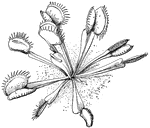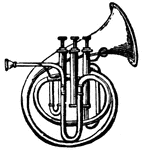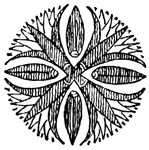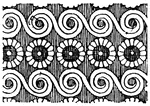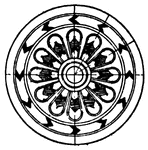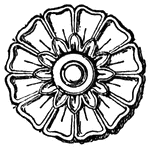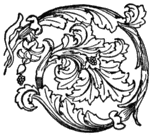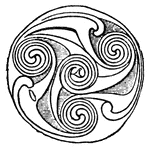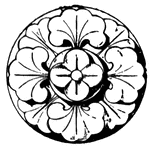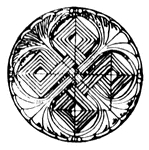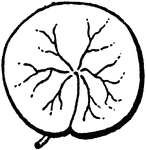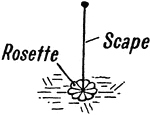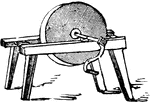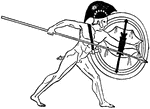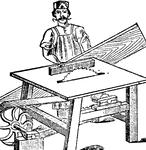
Sheng
One of the most important musical instruments in use among the Chinese, one that is indispensable to…
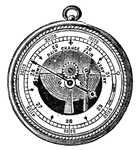
Aneroid Barometer
The Aneroid Barometer is an instrument used in measuring atmospheric pressure. The aneroid barometer…
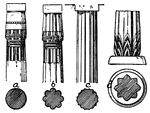
Column Types
Egyptian columns had shafts of three types: a) circular or cylindrical, b) clustered, c) polygonal or…

Ballflower
A ball-flower is an ornament resembling a ball enclosed in a circular flower—one of the characteristics…

Catherine Wheel
An ornamental window of a circular form, with rosettes, or radiating divisions, of different colors.
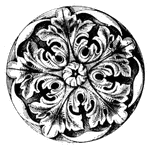
Cinquefoil
A five-leaved ornament, in circular and other divisions of the windows of ancient churches, and also…

Diadem Monkey
C. diadematus. This monkey is nearly black, the lower prts being green. It is marked with a…
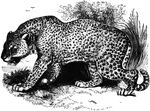
Leopard
"The Leopard, Felis leopardus, is about half the size of the tiger, being two feet high and…

Arnold Wounded
Place where Arnold was wounded. This view is in a narrow alley near the north end of Sault au Matelot…
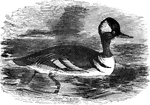
Hooded Merganser
Measuring about nineteen inches long, the hooded merganser is common in North America, its head adorned…

Continental Bills
Fac-simile of the Continental Bills. The paper on which these bills were printed was quite thick, and…

Short Sunfish
"Almost of a circular form, with long dorsal and anal fins, projecting like handles from its inder parts.…
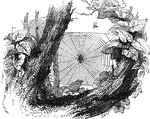
Garden-spiders
"Some, of which the Common Garden Spider, Epeira diadema is an excellent example, construct…
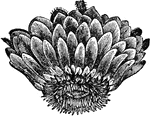
Victoria Regia
"Victoria Regia, named by Lindley after Queen Victoria, is the most magnificent of all known water lilies,…
Arcus
"The bow used for shooting arrows, is one of the most ancient of all weapons, but is characteristic…
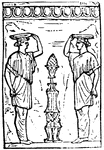
Canephoros
"A virgin who carried a flat circular basket at sacrifices, in which the chaplet of flowers, the knife…
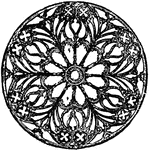
Rose Window
"A Rose Window is a circular window, divided into compartments by mullions and tracery radiating from…

Clipeus
"The large shield worn by the Greeks and Romans, which was originally of the circular form, and is said…
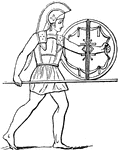
Clipeus
"The large shield worn by the Greeks and Romans, which was originally of the circular form, and is said…

Corona
"A crown, that is, a circular ornament of metal, leaves, or flowers, worn by the ancients round the…
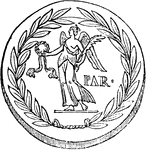
Corona
"A crown, that is, a circular ornament of metal, leaves, or flowers, worn by the ancients round the…

Discus
"A circular plate of stone or metal, made for throwing to a distance as in exercise of strength and…
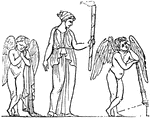
Fax
"A torch. In the annexed woodcut, the female figure is copied from a fictile vase. The winged figure…

Fibula
"A brooch, consisting of a pin, and of a curved portion furnished with a hook. The curved portion was…
Whizzer
"Get a circular piece of tin, three inches or more in diameter, and cut it round the edges in the form…
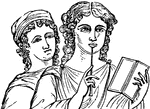
Stilus
"Stilus or Stylus conveys the general idea of an object tapering like an architectural column. It signifies:…
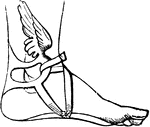
Talaria
"Talaria, small wings fixed to the ankles of Mercury, and reckoned among his attributes. In many works…
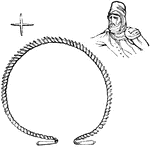
Torques
"An ornament or kind of chain, of gold, twisted spiraly, and bent in a circular form, which was worn…
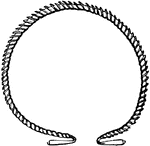
Torques
"Toques or torquis, an ornament of gold, twisted spirally and bent into a circular form, which was worn…
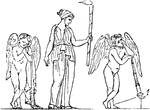
Torches
"On ancient monuments, the torch appears to be formed of wooden staves or twigs, either bound by a rope…
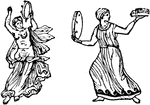
Tympanum
"Tympanum, a small drum carried in the hand. Of these, some resembled in all respects a modern tambourine…

Cylinder
A body of roller-like form, of which the longitudinal section is oblong, and the cross-section is circular.
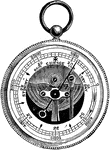
Aneroid barometer
"The aneroid barometer is an easily portable instrument, and avoids the use of any liquid. It consists…

Hand and sucker
"The 'sucker' consists of a circular piece of thick leather with a string attached to its middle. Being…
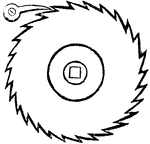
Ratchet-wheel
"A circular wheel, with teeth on the circumference, by which it can be moved or its motion stayed."…
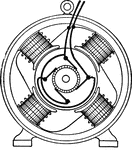
Multi-polar field magnet
"Modern dynamo with four consequent pole field magnets. In this construction the ring shaped yoke also…
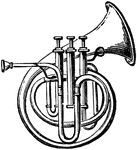
Circular Cornet
A musical instrument of the trumpet class, having a cupped mouthpiece and a conical brass tube.
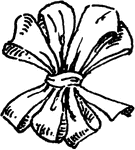
Rosette of even loops
"Measure all loops so they are of even lengths. Have the same number of loops on each side of the knot.…
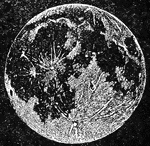
Moon
The satellite of the earth, and classed as one of the secondary planets. It revolves around the earth…
Herati Design
Also known as the fish, twin fish and Feraghan designs. Better known as the Herati. It originated in…

